Introduction
Making pancakes is a delightful culinary activity that can be enjoyed by people of all ages. Whether you’re a seasoned chef or a novice in the kitchen, learning how to make pancakes using a frying pan is a skill that can significantly enhance your cooking repertoire. Pancakes are versatile and can be enjoyed for breakfast, brunch, dinner, or even as a snack. They can be sweet or savory, plain or filled with various ingredients, making them an excellent choice for any occasion.
In this comprehensive guide, we’ll walk you through the process of making pancakes using a frying pan. We’ll cover everything from selecting the right ingredients and equipment to mastering the cooking technique. By the end of this guide, you’ll be confident in your ability to create delicious, fluffy pancakes that will impress your family and friends.
Chapter 1: Choosing the Right Ingredients
Before you begin making pancakes, it’s essential to gather the right ingredients. The quality of your ingredients will directly impact the taste and texture of your final dish. Here’s a list of essential ingredients for making basic pancakes:

- Flour: All-purpose flour is the most commonly used type of flour for making pancakes. It provides the necessary structure and helps the pancakes to rise.
- Baking Powder: Baking powder is a leavening agent that helps the pancakes to rise and become fluffy. Make sure to use baking powder that is still within its expiration date, as it loses its effectiveness over time.
- Salt: A pinch of salt enhances the flavor of the pancakes.
- Sugar: Granulated sugar adds sweetness to the pancakes. You can adjust the amount based on your taste preferences.
- Milk: Whole milk, 2%, or skim milk can be used. Milk adds moisture and richness to the pancakes.
- Eggs: Eggs provide structure and help the pancakes to bind together. They also add a slight richness to the final dish.
- Butter: Melted butter adds flavor and moisture to the pancakes. You can also use vegetable oil or coconut oil as a substitute.
- Vanilla Extract (Optional): A splash of vanilla extract adds depth and complexity to the flavor of the pancakes.
Chapter 2: Selecting the Right Equipment
In addition to the ingredients, you’ll need the right equipment to make pancakes using a frying pan. Here’s a list of essential kitchen tools and equipment:
- Frying Pan: A non-stick frying pan is ideal for making pancakes. It allows the pancakes to cook evenly and prevents them from sticking to the pan. Make sure to choose a pan that is large enough to fit several pancakes at once.
- Spatula: A flexible spatula is essential for flipping the pancakes. It allows you to gently lift and turn the pancakes without breaking them.
- Measuring Cups and Spoons: Accurate measurement of ingredients is crucial for achieving the desired texture and flavor of the pancakes.
- Mixing Bowls: You’ll need a large mixing bowl for combining the dry ingredients and a smaller bowl for mixing the wet ingredients.
- Whisk: A whisk is useful for combining the wet and dry ingredients and ensuring that there are no lumps in the batter.
- Cooling Rack: A cooling rack helps to keep the pancakes from getting soggy as they cool.
Chapter 3: Preparing the Batter
Now that you have the right ingredients and equipment, it’s time to prepare the batter. Follow these steps to ensure that your pancakes are fluffy and delicious:
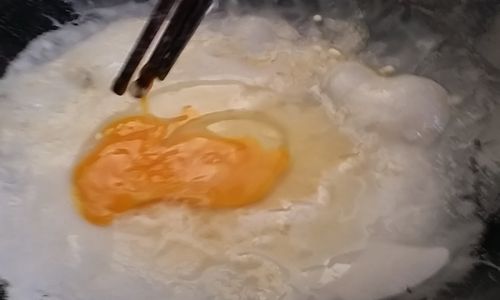
- Combine the Dry Ingredients: In a large mixing bowl, whisk together the flour, baking powder, and salt. Make sure to distribute the baking powder evenly throughout the flour to ensure even rising.
- Mix the Wet Ingredients: In a separate bowl, whisk together the eggs, milk, melted butter, and sugar until well combined. If you’re using vanilla extract, add it to the wet ingredients at this point.
- Combine the Wet and Dry Ingredients: Gradually pour the wet ingredients into the dry ingredients, whisking constantly until just combined. Be careful not to overmix the batter, as this can result in dense, tough pancakes. The batter should be thick but pourable.
- Rest the Batter (Optional): Allowing the batter to rest for a few minutes can help the flour to absorb the liquid and improve the texture of the pancakes. This step is optional but can be beneficial if you have the time.
Chapter 4: Heating the Frying Pan
Before you start cooking the pancakes, it’s important to properly heat the frying pan. Follow these steps to ensure that your pancakes cook evenly:
- Preheat the Pan: Place the frying pan on the stove over medium heat. Allow it to preheat for a few minutes until it’s hot but not smoking.
- Add a Bit of Butter or Oil: Add a small amount of butter or oil to the pan. This will help to prevent the pancakes from sticking and add flavor to the final dish.
- Test the Heat: To test if the pan is ready, drop a small amount of batter into the pan. It should sizzle and start to set immediately. If the batter doesn’t sizzle, the pan isn’t hot enough. If the batter burns, the pan is too hot. Adjust the heat accordingly.
Chapter 5: Cooking the Pancakes
Now that your batter is ready and your pan is properly heated, it’s time to start cooking the pancakes. Follow these steps to ensure that your pancakes are golden brown and fluffy:
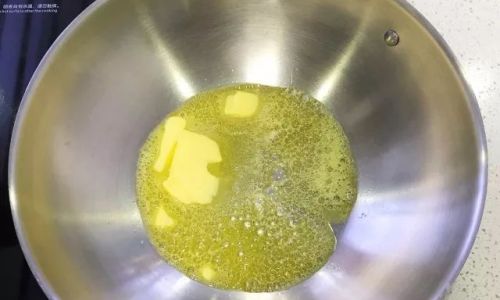
- Pour the Batter: Pour a small amount of batter into the pan, using approximately 1/4 cup for each pancake. Spread the batter out slightly with the back of a spoon if necessary.
- Cook Until Bubbles Form: Allow the pancakes to cook until bubbles form on the surface and the edges start to set. This should take about 2-3 minutes, depending on the heat of your stove.
- Flip the Pancakes: Use a spatula to gently lift and flip the pancakes. Cook for an additional 1-2 minutes on the other side, or until they are golden brown and cooked through.
- Keep Warm: If you’re not serving the pancakes immediately, transfer them to a cooling rack set over a baking sheet to keep them from getting soggy. You can keep them warm in a preheated oven at 200°F (93°C) until you’re ready to serve.
Chapter 6: Adding Variations and Toppings
Pancakes are incredibly versatile and can be customized with various ingredients and toppings. Here are some ideas to inspire your creativity:
- Fruit Fillings: Add fresh fruit, such as strawberries, blueberries, or bananas, to the batter or serve them on top of the pancakes.
- Chocolate Chips or Nuts: Stir chocolate chips, nuts, or shredded coconut into the batter for added texture and flavor.
- Savory Options: For a savory twist, add cheese, herbs, or vegetables to the batter. Serve with a dollop of sour cream or yogurt instead of syrup.
- Syrup and Spreads: Top your pancakes with maple syrup, honey, whipped cream, Nutella, or peanut butter.
- Protein Boost: Add a scoop of protein powder to the batter for a nutritious breakfast option.
- Whole Grain Variations: Substitute whole wheat flour or oat flour for a portion of the all-purpose flour to increase the fiber content.
Chapter 7: Troubleshooting Common Issues
Even the most experienced cooks can encounter issues when making pancakes. Here are some common problems and solutions to help you troubleshoot:
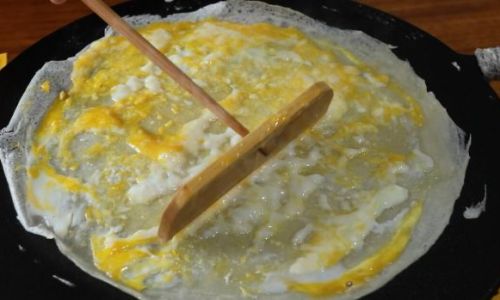
- Pancakes Are Too Thick: If your pancakes are too thick and dense, it may be because you used too much flour or not enough liquid. Adjust the ratio of flour to liquid in your batter and try again.
- Pancakes Are Too Thin: If your pancakes are too thin and runny, it may be because you used too much liquid or not enough flour. Adjust the ratio of flour to liquid accordingly.
- Pancakes Are Sticky: If your pancakes are sticky and don’t release easily from the pan, it may be because the pan wasn’t hot enough or you didn’t use enough butter or oil. Make sure to preheat the pan properly and add enough fat to prevent sticking.
- Pancakes Are Burnt: If your pancakes are burnt on the bottom or edges, it may be because the heat is too high. Lower the heat and cook the pancakes for a shorter amount of time.
- Pancakes Don’t Rise: If your pancakes don’t rise, it may be because the baking powder is old or you overmixed the batter. Use fresh baking powder and be careful not to overmix the batter.
Chapter 8: Storage and Reheating Tips
If you have leftover pancakes, don’t worry! They can be stored and reheated for later use. Here are some tips for storing and reheating pancakes:
- Storing Pancakes: Allow the pancakes to cool completely before storing them in an airtight container. They can be
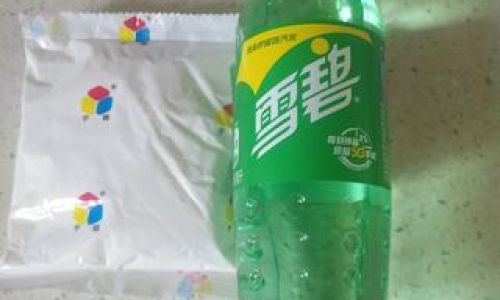

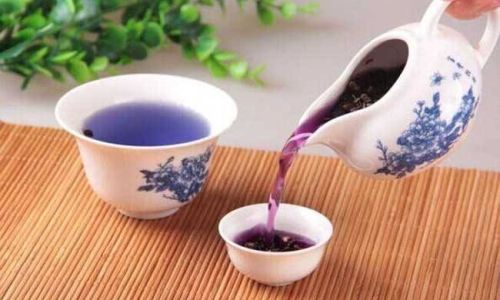
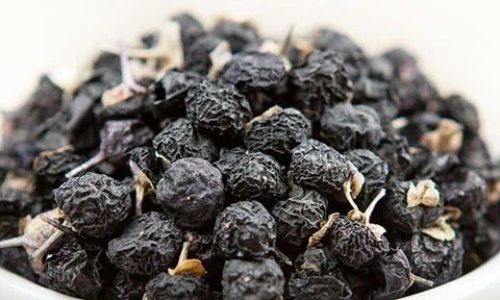
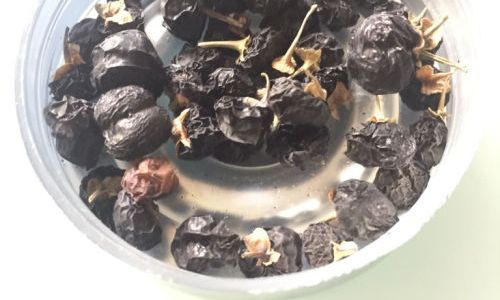
0 comments